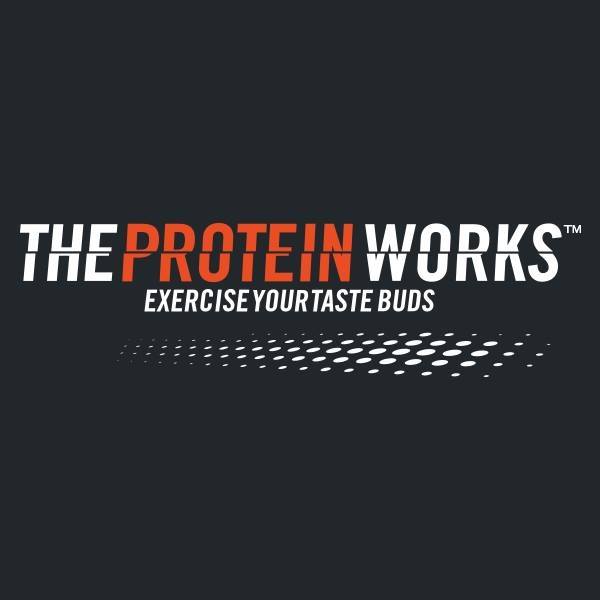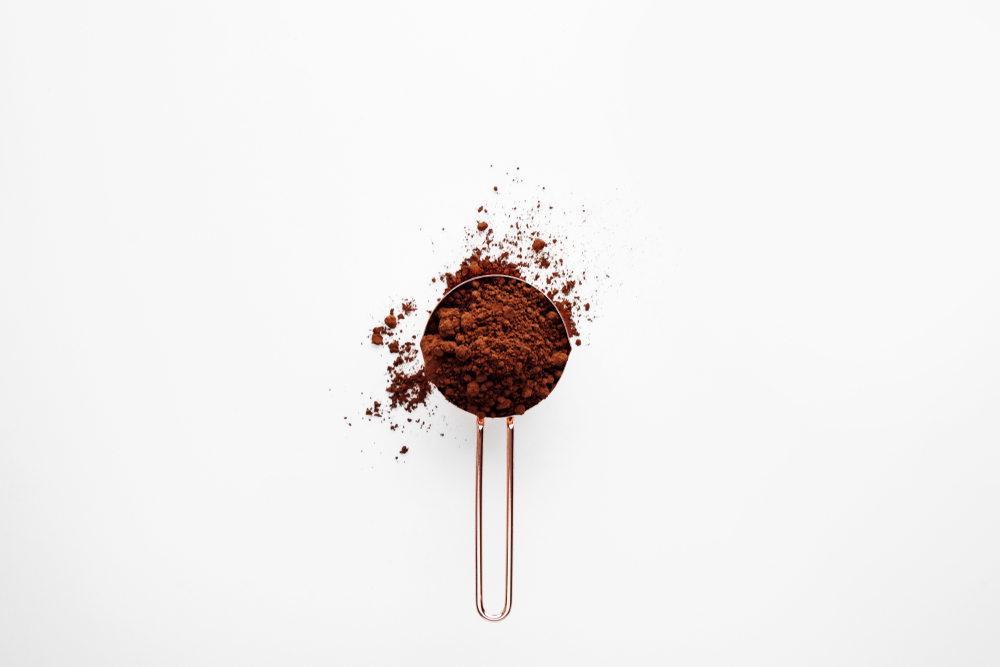
Adherence: Making Fat Loss Work For You
I hate cookie-cutter programmes. In my previous articles, I hammered home the point that you can only establish the “optimal” from the perspective of an individual. With that in mind, the best approach is the educative one – I won’t provide you with a template, but rather with food for thought. If I give you with the tools, you can create your own, individualized programme. That is optimal. Here’s the thing. Dieting is hard. You will go hungry and you won’t feel at your best, but if you really pay attention to your uniqueness, you can make things a lot easier.
Meal Frequency and Portion Sizes
 I see arguments about this daily: fitness professionals, united in the same goal and yet arguing the toss about the minutiae of body compositional effects shown by studies. Now, don’t get me wrong, I keep up-to-date with the latest scientific developments – it’s crucial to what I do – but the simple, fundamental consideration, that overrides all else, is one of personalization and practicality.
I see arguments about this daily: fitness professionals, united in the same goal and yet arguing the toss about the minutiae of body compositional effects shown by studies. Now, don’t get me wrong, I keep up-to-date with the latest scientific developments – it’s crucial to what I do – but the simple, fundamental consideration, that overrides all else, is one of personalization and practicality.
Read this very carefully: the “optimal” meal frequency is the one that allows you to survive between meals. If you can’t stick to your diet, then all the specific details don’t mean a thing.
Remember, a lack of adherence accounts for 100% of your fat loss failures, whilst having a meal frequency that doesn’t quite match scientific recommendations will account for less than 1% of any physique weaknesses. If your body and psychology are suited to the prescriptions given, or if you’re a top level competitor for whom <1% makes the difference, then by all means, follow the science. But most people should strike the balance between satiety at meals and distance between them.
If you eat hearty at breakfast, but then have to wait until 2 o’clock until you can eat again (dividing your calories evenly across the day), then you’ll have to be the type of person who is suited to big feeds and huge fasting windows. If you eat a 200-calorie snack every hour, then you’ll have to be a grazer, who isn’t left constantly dissatisfied by meagre portions.
Most people will fall somewhere in the middle, but the inter-meal windows and portion sizes will fit along various points on the spectrum. Your sweet spot, which is up to your own self-experimentation, is the one that allows you to feel satisfied by your meal, and is yet sparing enough to allow your next meal to be scheduled before you’re desperately hungry again.
Food Choices
I subscribe to a modified type of flexible dieting. Rather than saying IIFYM (“If It Fits Your Macros”), I set up other boxes to tick. Rather than just protein, carbs and fat, I try to hit a daily fibre goal, and divide up my fats into saturated, monounsaturated and polyunsaturated, whilst setting a low upper limit for trans-fats, for example. What this means is that I am allowed freedom with my food choices, but am steered indirectly towards “clean” foods, because they make it much easier to hit my expanded macros.
You should eat food that you enjoy and that satisfies you. You really shouldn’t change many of your food choices from your maintenance or offseason diet, because it really sucks to eat tilapia and broccoli – classic “diet foods” – when your offseason’s equivalent meal was roast chicken, potatoes and spinach. From a practical perspective, when adherence is an issue, it makes infinitely more sense to stick to the same, familiar, friendly foods, and just reduce the portion size. You have thus achieved a caloric deficit with minimal upheaval.
However, it can be somewhat disheartening to see your portion size reduced. And then there’s the issue of cutting protein, when it should really be maintained or slightly increased to preserve muscle mass. So, a wiser method is to cut the portion sizes of your energy sources (carbs and fats), and fill that space up with high-density, low-calorie veggies. That way, you’re still eating the food you love, your protein intake remains sufficient, and you’re not left disappointed by your unfilled plate before eating – or unfulfilled afterwards!
Take-home Points:
1. It’s all about YOU.
2. Strike a balance between portion size and meal frequency to prevent binging
3. A caloric deficit is necessary; but, protein sustained, how you achieve that deficit is entirely up to you
Bonus Point:
It doesn’t matter what you’ve heard about leptin and metabolic drive, if you are likely to lose control when sampling a controlled “cheat meal”, then don’t do one. Your refeed, like everything else, should work for you. Stick to a surfeit of carbs, but keep them from reasonable sources that won’t knock you off the rails.






No Comments yet!